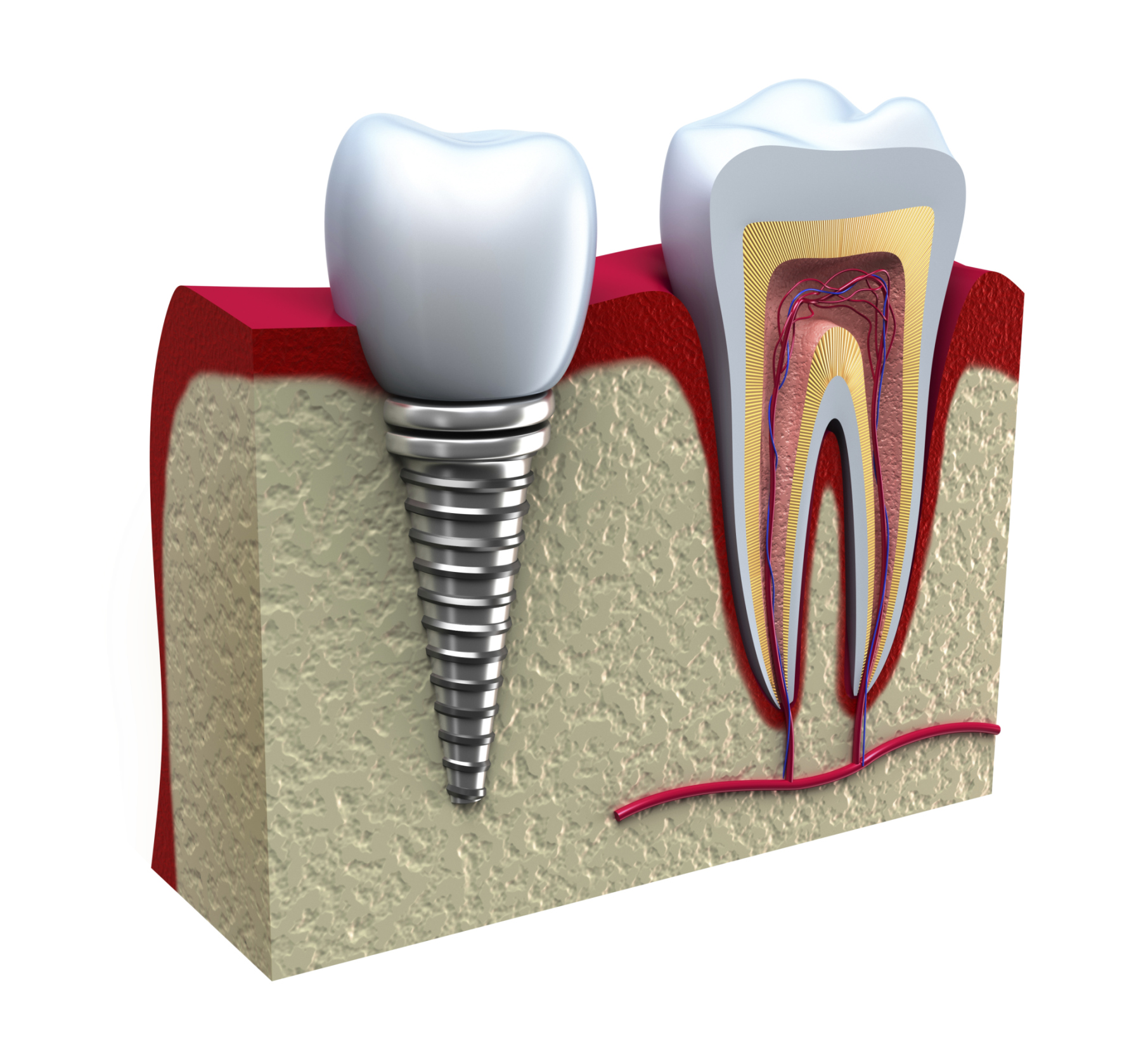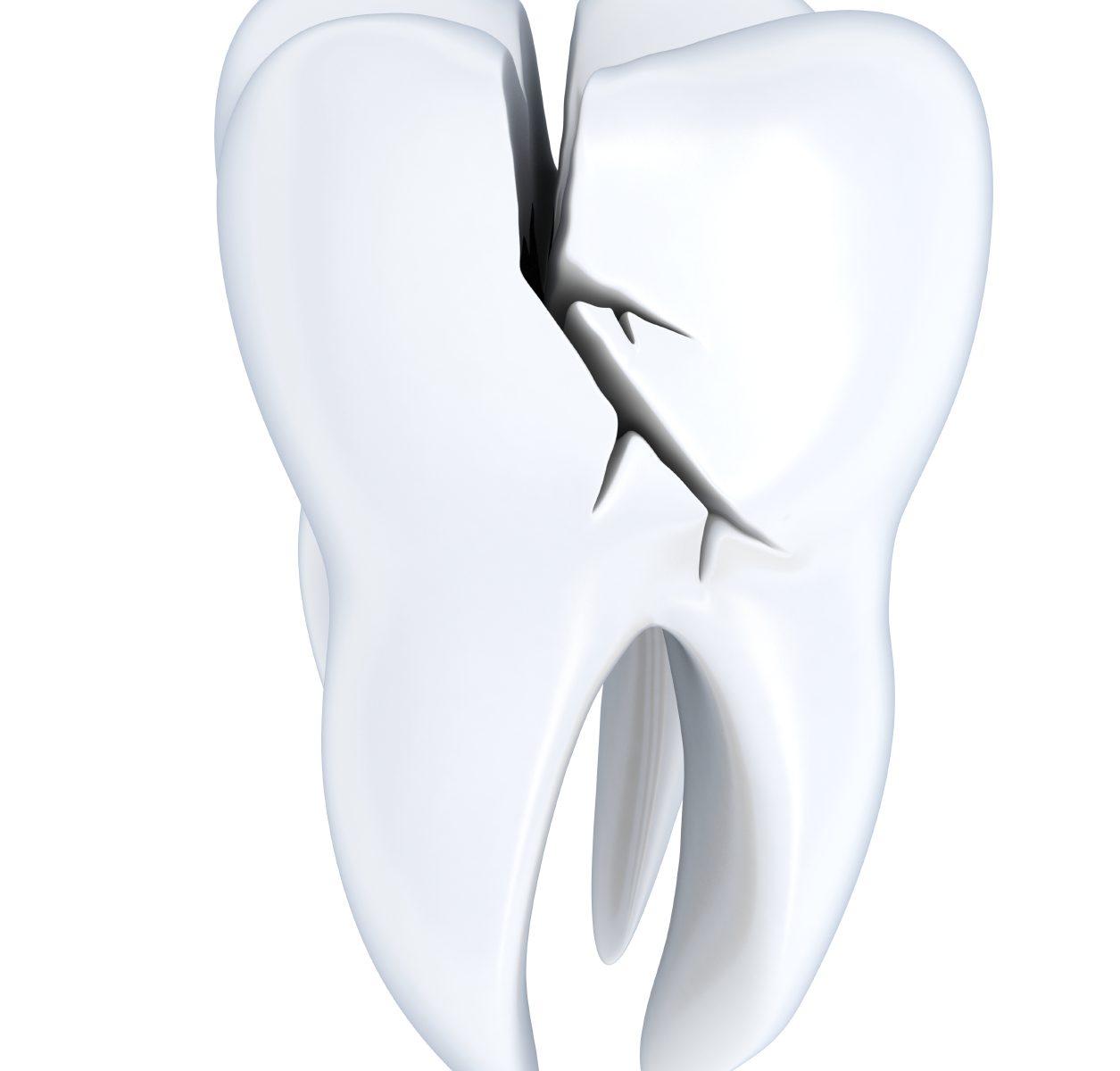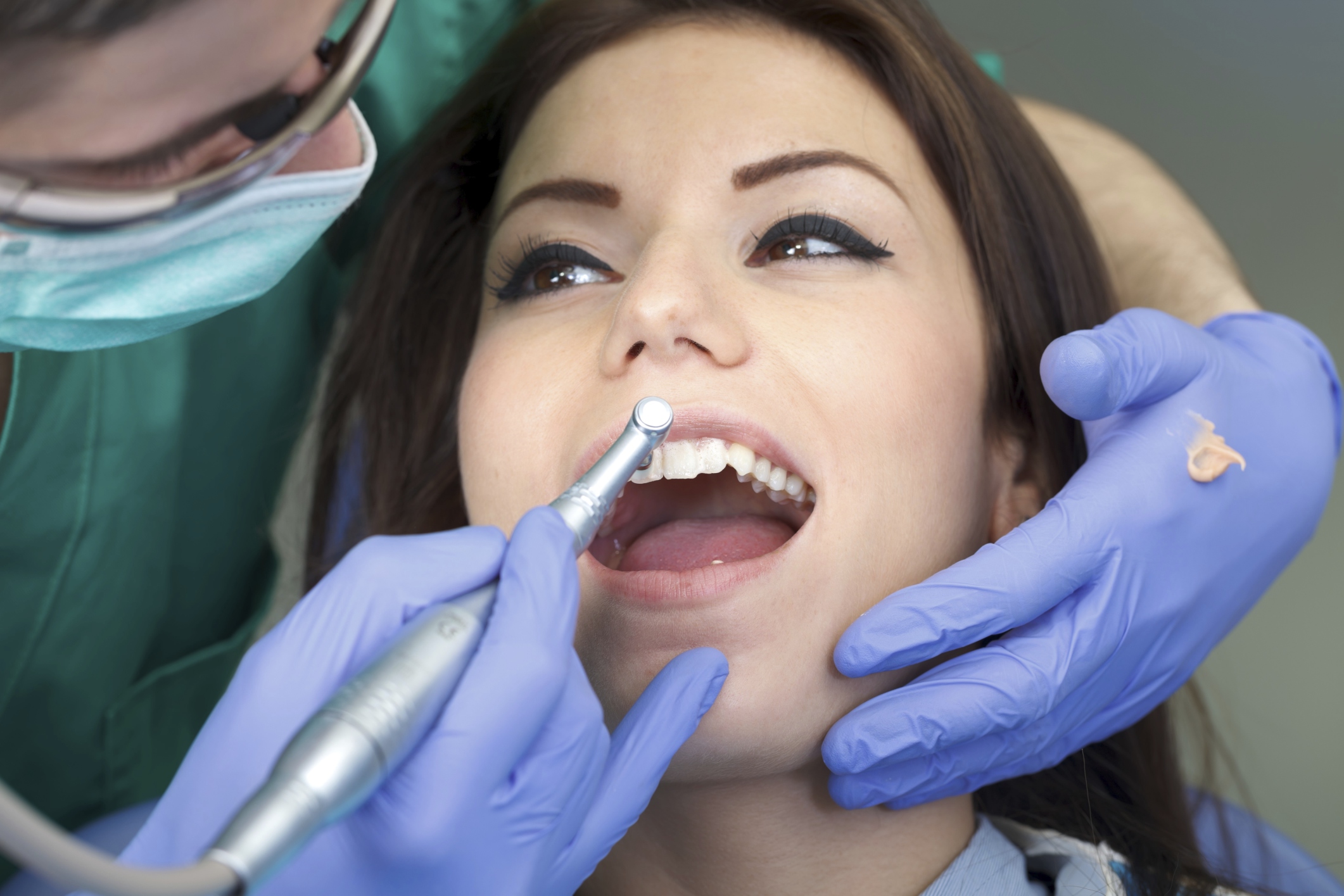Determining whether a patient needs a root canal involves a thorough examination and diagnosis by a dentist or endodontist. A root canal is necessary when the pulp, the innermost part of the tooth containing nerves and blood vessels, becomes infected or inflamed. Here’s how dentists determine the need for a root canal and the key differences between a root canal and a routine extraction:
Determining the Need for a Root Canal:
- Symptoms Assessment: The first step is evaluating the patient’s symptoms. Common signs indicating a potential need for a root canal include severe toothache, prolonged sensitivity to hot or cold, swelling, tenderness in the gums, and discoloration of the tooth. These symptoms suggest that the pulp may be damaged or infected.
- Clinical Examination: The dentist will perform a clinical examination, checking for visible signs of decay, damage, or infection. They may use a dental probe to test the tooth’s response to pressure and tapping.
- X-Rays: X-rays are crucial in diagnosing the extent of infection or damage. They provide a detailed view of the tooth’s roots and surrounding bone, revealing any abscesses, deep decay, or other issues that might necessitate a root canal.
- Pulp Vitality Testing: Sometimes, the dentist may perform a pulp vitality test to determine the health of the tooth’s pulp. This test involves applying a cold stimulus or an electric current to the tooth to see if it responds, helping to assess whether the pulp is still alive or necrotic.
Root Canal vs. Routine Extraction:
- Purpose: A root canal aims to save a tooth that is severely damaged or infected but still structurally sound. The procedure involves removing the infected pulp, cleaning the inside of the tooth, and sealing it. A routine extraction, on the other hand, involves removing a tooth entirely due to severe decay, damage, crowding, or other reasons.
- Procedure: During a root canal, the dentist drills into the tooth to access and remove the pulp, cleans the root canals, and fills them with a biocompatible material. The tooth is then sealed and often restored with a crown to provide strength and functionality. A routine extraction involves loosening and removing the entire tooth from its socket, sometimes requiring stitches to close the extraction site.
- Outcome: A root canal preserves the natural tooth, maintaining its appearance and function. This is generally preferred as it helps maintain the alignment of the teeth and supports overall oral health. In contrast, a routine extraction leaves a gap that may need to be addressed with a bridge, implant, or denture to prevent shifting of adjacent teeth and other complications.
By understanding these procedures and their purposes, patients can appreciate the importance of timely dental care and make informed decisions about their treatment options.
Interested in learning more? Call to schedule an appointment today at 702-735-2755 or visit us online at www.patricksimonedds.com today.
Dr. Patrick Simone proudly serves patients from Henderson and all surrounding areas.










